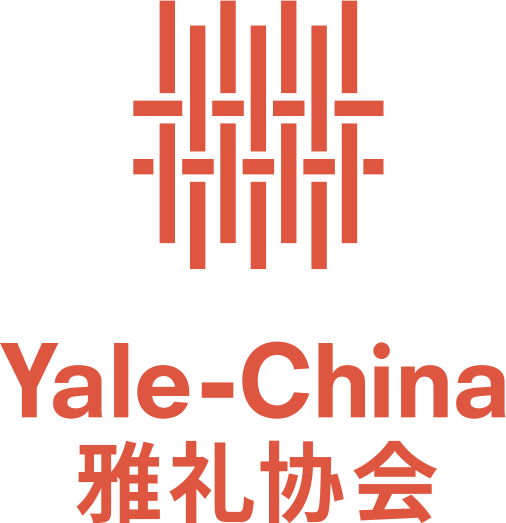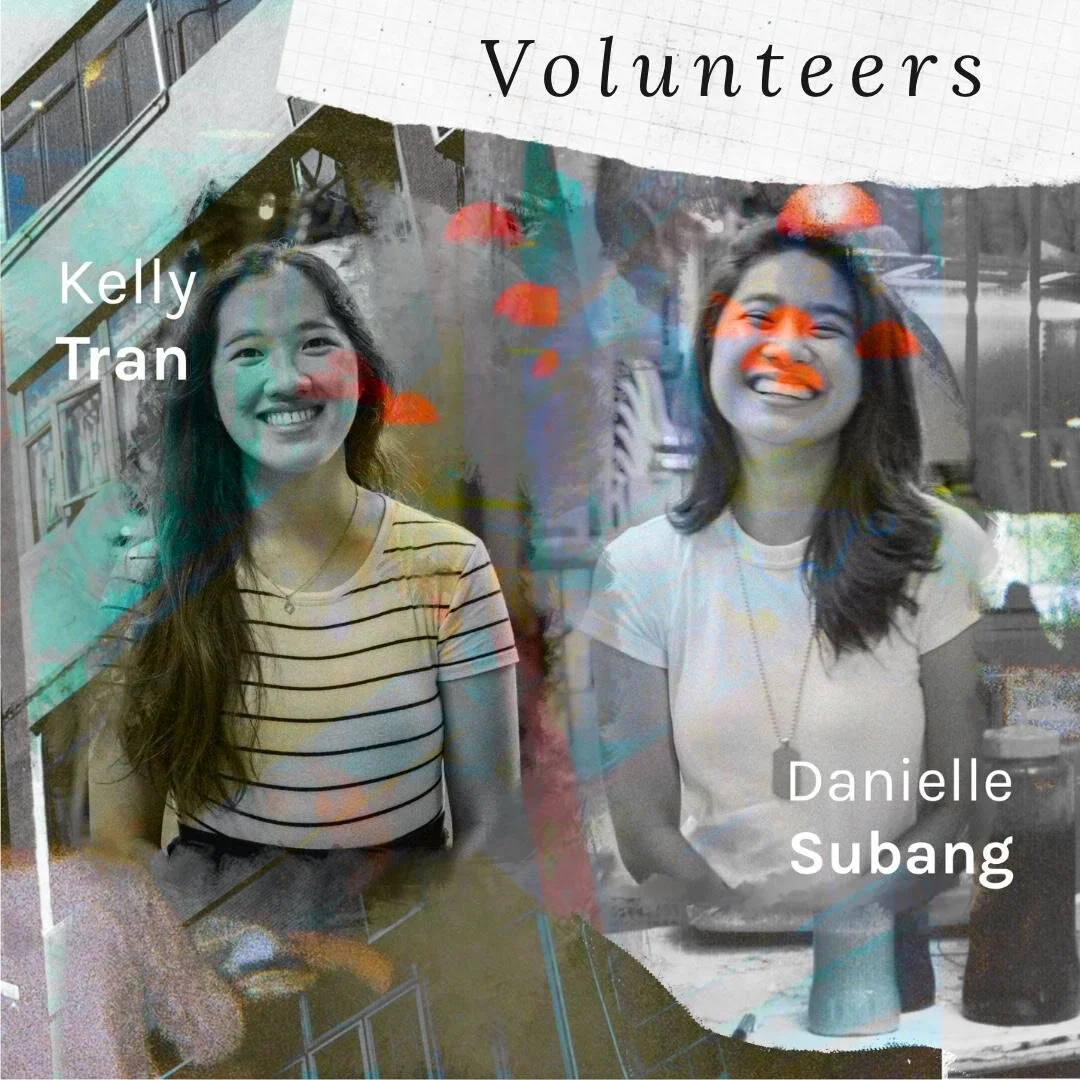By LUO Jing & XIAO Chengfeng
Application of artificial intelligence to assist diabetic retinopathy screening and health education in Western Hunan
Diabetic retinopathy is the most familiar cause of blindness in adults. Early DR can be asymptomatic. Therefore, regular fundus screening for diabetic patients is very important. Timely diagnosis and treatment can effectively protect and restore the vision of DR patients.
However, due to the lack and unbalanced distribution of medical resources, the current screening of fundus lesions is not perfect; more than 60% of diabetes patients have never undergone fundus examination, and many have lost their vision due to the absence of timely treatment.
Background
Diabetes and hypertension are common chronic diseases that affect human health and quality of life. Diabetic retinopathy (DR), hypertensive ophthalmopathy and retinal vein occlusion are usual complications of diabetes and hypertension. Diabetic retinopathy is the most familiar cause of blindness in adults. Early DR can be asymptomatic. Therefore, regular fundus screening for diabetic patients is very important. Timely diagnosis and treatment can effectively protect and restore the vision of DR patients. However, due to the lack and unbalanced distribution of medical resources, the current screening of fundus lesions is not perfect; more than 60% of diabetes patients have never undergone fundus examination, and many have lost their vision due to the absence of timely treatment. Xiangxi Tujia and Miao Autonomous Prefecture is located in a remote and underdeveloped area of Hunan Province, thus lacking sufficient levels of care. Due to the influence of lifestyle, dietary habits and disease cognition, the incidence of diabetes and hypertension related complications such as diabetic retinopathy is high. In addition, there is a shortage of health institutions and medical personnel in the western Hunan area, and the health personnel allocation is lower than the provincial average. The screening work for chronic diseases such as diabetes and hypertension is progressing slowly and correlates with a rising mortality rate caused by chronic diseases. Thanks to the special anatomical structure of ophthalmology, the advancement of medical imaging diagnostic technology and the rapid development of image processing technology, artificial intelligence (AI) diagnosis in the field of clinical medicine has made breakthroughs in the diagnosis and treatment of ophthalmic diseases.
Aims
The aims of the project are to use the artificial intelligence assisted diabetic retinopathy
screening in western Hunan, to carry out relevant health education in Western Hunan, and to promote the development of ophthalmology telemedicine in western Hunan and solve the problem of insufficient ophthalmology medical resources.
Main activities (2020)
This project intends to use the diabetic retinopathy artificial intelligence assisted screening and diagnosis system to assist the screening of diabetic eye diseases in western Hunan, complete the clinical verification and demonstration application of the system, and build an APP on this basis for the health education of fundus diseases such as diabetes and hypertension related complications.
Outcomes
We will help West Xiangxi hospitals set up diabetic retinopathy screening systems, improve the local residents’ recognition of chronic disease complications such as DR, and train local doctors or nurses to conduct the screening.
Implications
This project can increase the screening rate of diabetic retinopathy in the western Hunan region and reduce the burden on patients, families and society caused by permanent vision loss.
Chia Fellows
LUO Jing, 2008 Xiangya Chia fellow; Professor, Department of Ophthalmology, the Second Xiangya Hospital, CSU
XIAO Chengfeng, 2013 Western Hunan Chia fellow; Endocrinologist, Huayuan County People's Hospital














